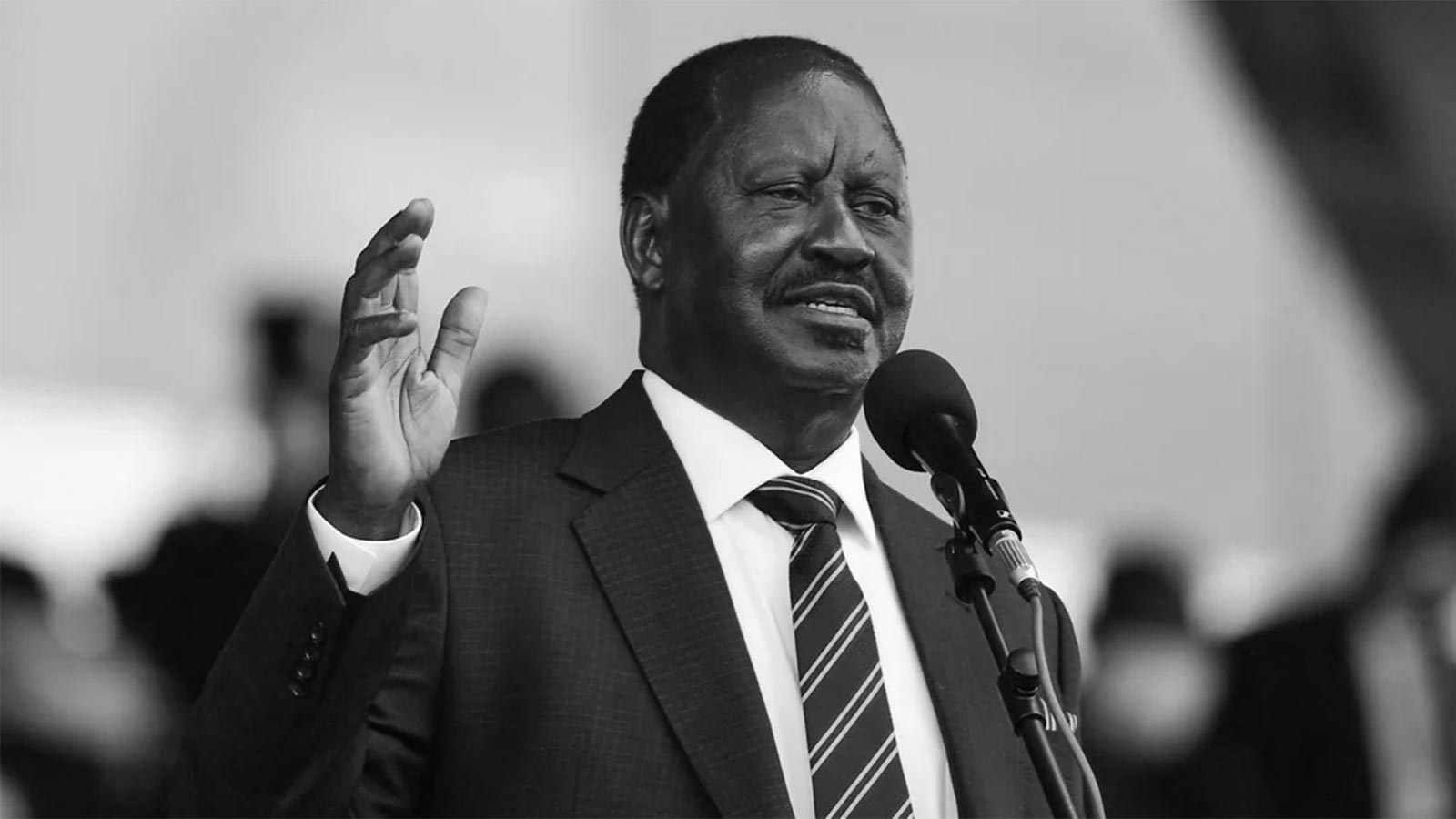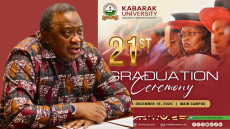- Raila Odinga was Kenya's opposition icon for decades and his passing raises questions about the Odinga dynasty's future and its ability to adapt without his leadership.
Can the Odinga Dynasty Survive Without Raila Odinga?
24 Oct, 2025 06:45 PM

The passing of Raila Odinga marks a turning point in Kenyan politics. The towering figure of opposition leadership is gone, and a new question looms: can the Odinga dynasty survive without him?
For decades, Raila embodied resistance. His name electrified rallies. His voice commanded parliaments and protests. His struggle became synonymous with Kenya’s journey toward democracy and reform.
His political lineage traces back to his father, Jaramogi Oginga Odinga, a post-independence icon whose defiance of one-party rule laid the foundation for Raila’s own path.
Raila inherited more than a name; he inherited a platform of dissent, reform, and resilience. He endured detention, exile, and repeated electoral defeats, yet never abandoned the field.
He became the face of opposition politics, a man who lost five presidential bids but shaped governance reforms, built coalitions, and mobilized civil society. Through the Orange Democratic Movement (ODM), he forged a political machine and a loyal base across Luo Nyanza, urban Kenya, the Coast, and parts of the Rift Valley.
The brand “Baba” became a symbol of the people’s president. Through losses, compromises, and triumphs, Raila remained central to Kenya’s national conversation.
Now, with Raila gone, urgent questions arise. Who within the Odinga family has the credibility, influence, and political skill to carry the dynasty forward? Can the legacy survive on family alone—or must it rely on the networks, structures, and alliances Raila built?
Among his children, Winnie Odinga stands out. She holds a seat in the East African Legislative Assembly and is active in ODM affairs. Yet her national credentials remain untested in Kenya’s high-stakes political arena. The leap from regional legislator to national leader is steep.
Raila Odinga Jr. has yet to assume a comparable public role. No clear successor has emerged with the symbolic weight or political reach of “Baba.” The dynasty now faces the challenge of grooming a leader who can unify the party, hold the base, and expand beyond Raila’s loyalists.
The obstacles are formidable. Raila’s charisma and moral authority cannot be inherited. He was both icon and institution. Without him, the dynasty risks fragmentation. Regional leaders may jostle for control. Internal party tensions may deepen. The opposition could splinter instead of consolidate.
Meanwhile, Kenya’s electorate is changing. Younger voters, shifting regional alliances, and issue-based politics are reshaping the landscape. Personality-driven campaigns are losing ground. The ruling Kenya Kwanza coalition now faces a weakened opposition—one without Raila’s unifying presence.
Still, the legacy endures. Raila’s imprint on the 2010 Constitution, his role in coalition politics, and his reputation as a relentless challenger remain influential. If the Odinga family, alongside party stalwarts, chooses to institutionalize the dynasty, building structures beyond lineage, a transition may be possible.
That means cultivating a leader who can honor the legacy while forging an independent identity, someone who can speak to today’s electorate, build new alliances, and move beyond the shadow of “Baba.”
As the 2027 general election approaches, the question will sharpen: will the Odinga dynasty continue, evolve, or fade? If it survives, it may look different, less centered on a single figure, more focused on institutional resilience and generational renewal. If it fades, it may become a cautionary tale of how the passing of a political giant can leave a vacuum not easily filled.
Kenya has lost its Baba. What comes next will shape not just one family’s future, but the future of opposition leadership—and the possibility of dynastic influence reinventing itself or giving way to a new political paradigm.
Leave a comment
No comments yet. Be the first to share your thoughts!
Don't Miss Out
Hot Stories
Latest Stories

3 days ago
How to Understand Your Child’s KJSEA Results

-1766009103-md.jpeg)




-1766009103-sm.jpeg)



